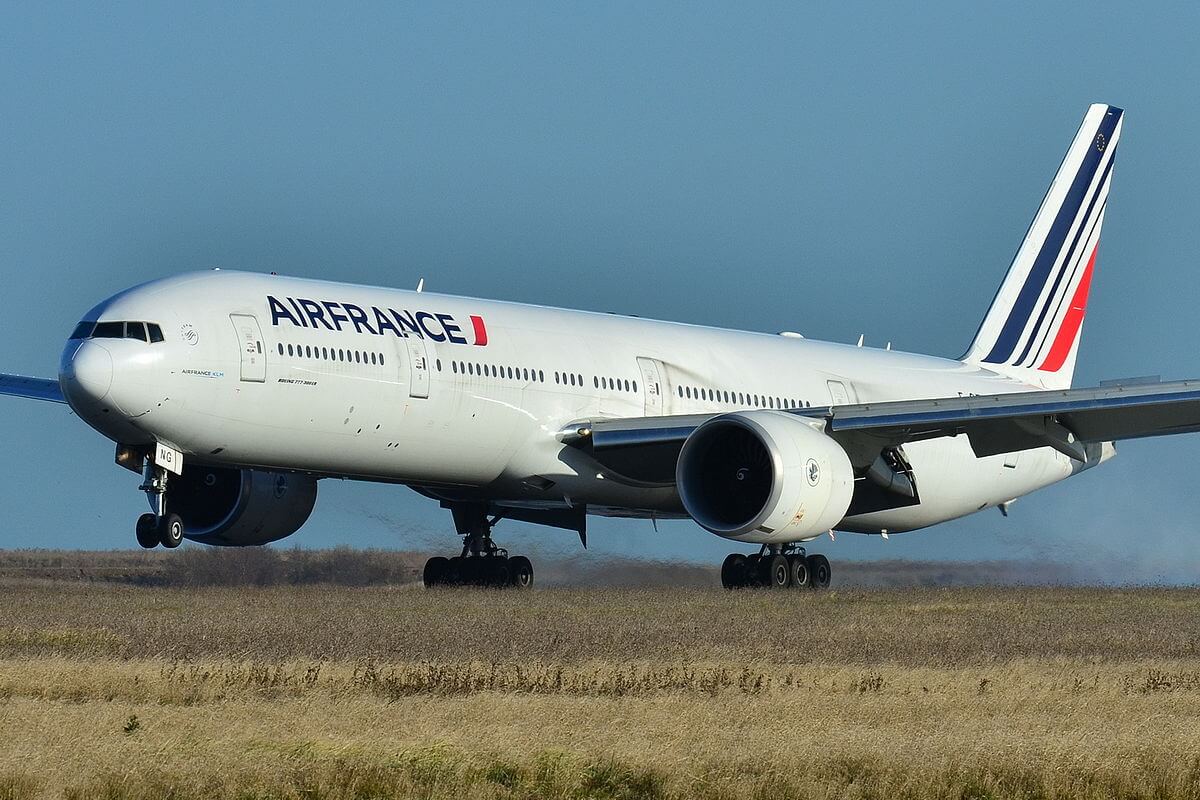Boeing 777 Air France

Air France Boeing 777-300 and American Airlines Boeing 737-800 experienced a near miss over the Caribbean Sea. The planes were safely separated after the TCAS got activated.
An Air France Boeing 777 was performing flight to Lima from Paris, when the American Boeing 737 was performing flight from St. George to Miami.
F-GSPX Air France Boeing 777-228(ER) 600 0. Reg F-GSPX Airframe Info. Airline Air France Fleet Info. Airport Paris Charles De Gaulle (CDG / LFPG) France. Serial 32698 / 392. Aircraft Boeing 777.

The incident occurred on December 13, 2020. The Air France Boeing 777 was climbing to FL380 from FL360 at 21h10UTC. At this time, the American Boeing 737 was already en route at FL380.
- First version of Boeing 777-300ER is used by Air France during the flights to Caribbean and Indian Ocean. There are three classes of seats on this airplane: business, premium economy and economy. Business class consists of two rows of angle-flat seats that have 2-3-2 configuration. All these seats are standard.
- The performance and economics of the 777-300ER are unbeaten, and its range, capability and efficiency help operators maximize profits. That's why the 777 is the most popular and commercially successful twin aisle aircraft of all time. The 777 is always outperforming. Learn more about the 777.
- Air France Boeing 777 airplanes, aircraft, airplanes in air takeoff and landing, 1996-02-12 Paris, Frankrike Photo size: 7' x 10.3' inches. Front and back of the image: Front of photograph Back of photograph. Air France Boeing 777.
Air France Boeing 777 300
According to Simon Hradecky’s report in The Aviation Herald, the Traffic Collision Avoidance Systems (TCAS) was then activated on both aircraft. The Air France 777 descended and the American Airlines 737 was instructed to climb.
TCAS is an aircraft collision avoidance system that monitors an aircraft’s airspace for other aircraft equipped with a corresponding active transponder. It warns pilots of the presence of any other transponder-equipped aircraft to reduce mid-air collisions between aircraft.